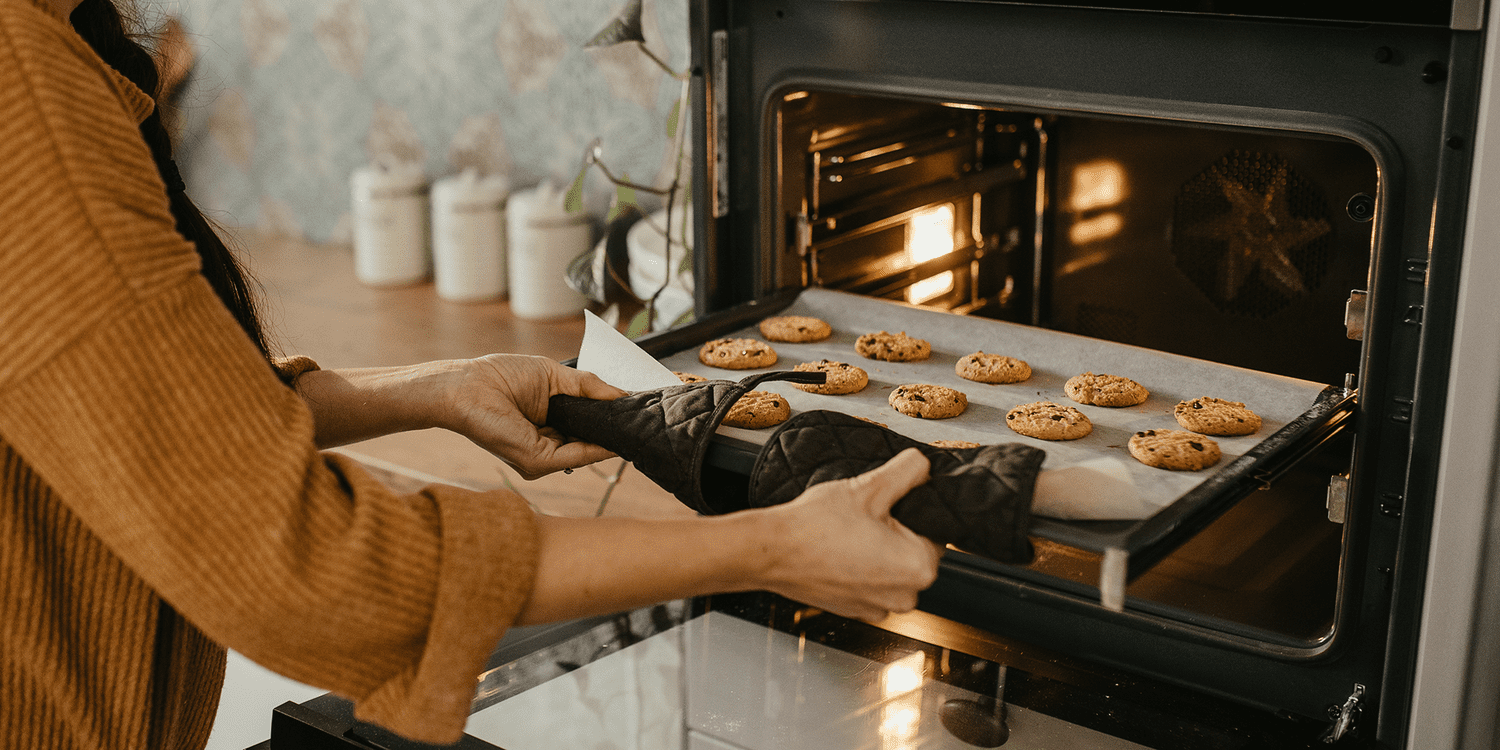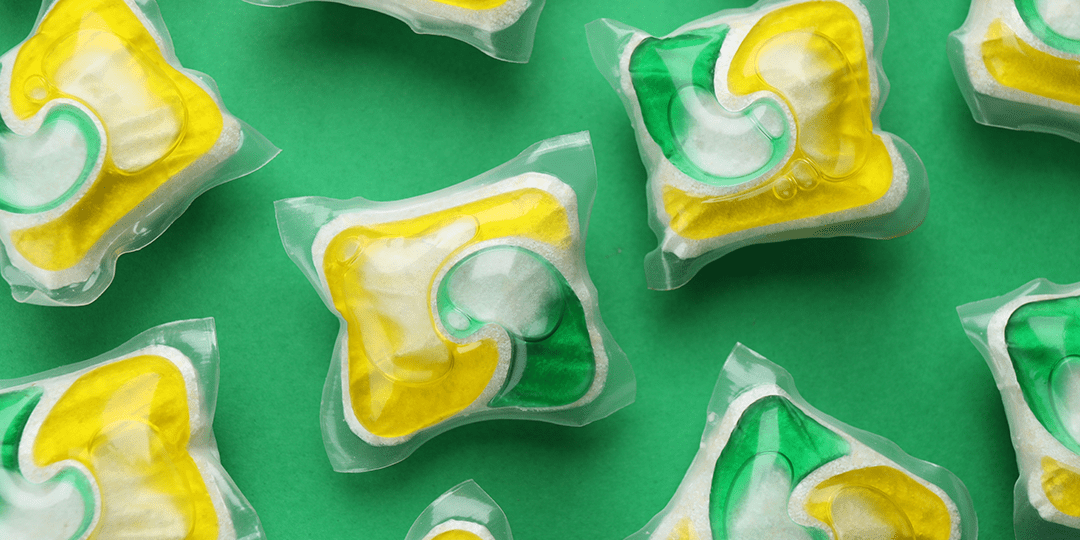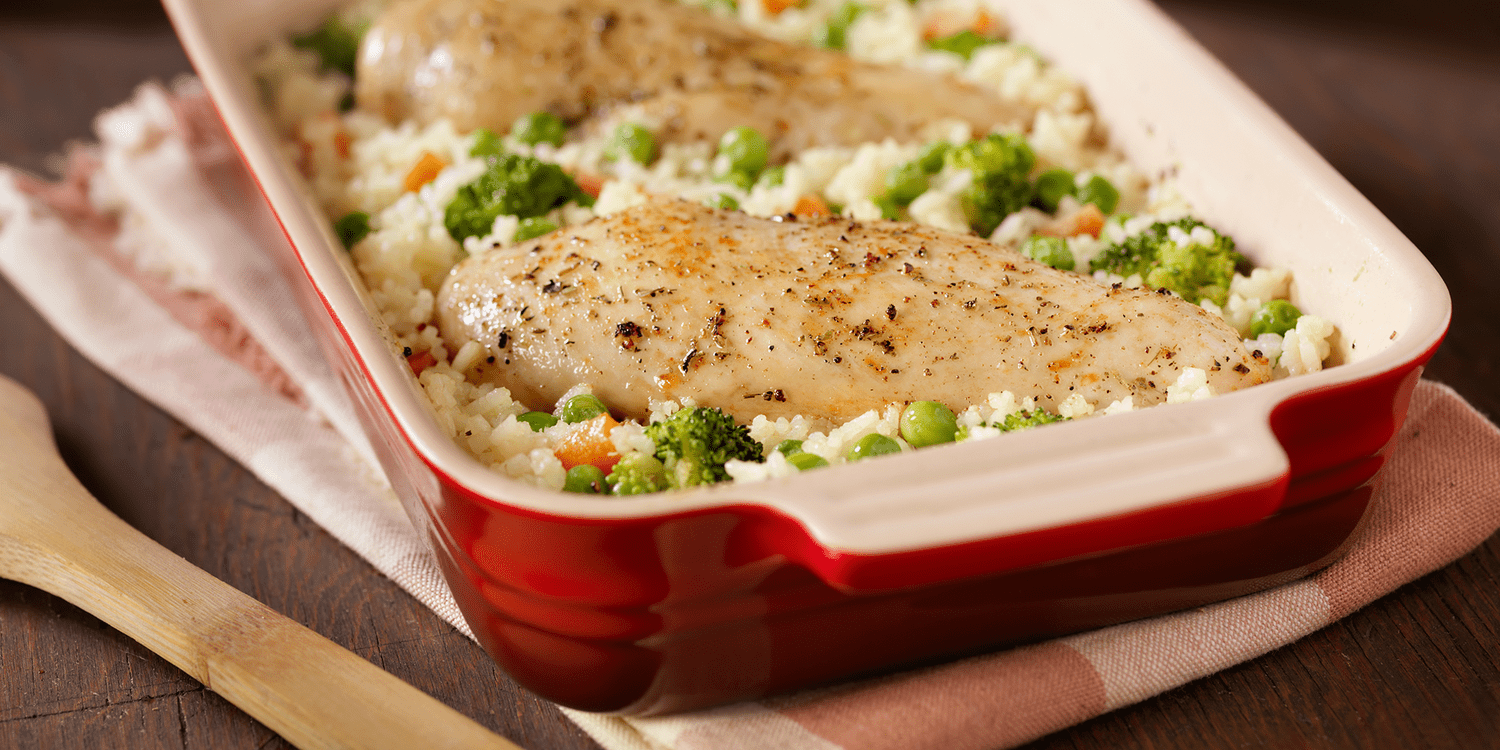You’ve collected your ingredients, and now it’s time to combine and bake. First, however, you have to turn on the oven and let it heat up. Odds are, the first step in the instructions asks you to turn on the oven and punch it to 350 degrees Fahrenheit.
Indeed, lots of recipes cook at 350 degrees F. What makes this temperature so magical?
Why can so many types of baked foods, from Buttermilk Chess Pie to Hot Spinach Artichoke Dip, go into a 350 degree F oven and turn into their best selves after a relatively brief bake?
The answer to that is one part science and one part, well, human laziness.
Here’s what I mean: Putting something in a hot oven sets off a series of chemical reactions that turn gooey dough into a fluffy bread or sheets of puff pastry into golden, flaky pastries. A temperature around 350 degrees F is hot enough to complete a lot of these steps quickly.
Step 1: At 90 degrees F, fats begin to melt and combine with the gluten proteins (flour). Gases from the baking soda and/or baking powder are released, which helps make the baked good tender.
Step 2: At 140 degrees F, the gluten proteins (flour) begin to swell and dry out. That’s when cake or cookies go from wet batter/dough to dry food.
Step 3: At 300 degrees F, sugar starts to caramelize.
Step 4:The Maillard reaction, a point at which foods begin to brown and develop their distinctive flavor, happens around 320 degrees F.
So why 350 degrees F? It’s good enough to make all those necessary steps happen quickly — even if your oven runs a little cold — and it’s not so hot you have to worry about burning.
But how did we decide to bake things at 350 degrees F and not 340 degrees F or 360 degrees F?
Answering that requires a trip back to the turn of the century.
Before we had ovens that could be warmed up in 5-degree increments like we do today, home cooks in the U.S. had ovens that could bake at three settings: slow, moderate, or high. Recipes for baked goods often called for “moderate ovens.”
After World War II, according to Slate, oven manufacturers capitalized on some technological improvements from the war. Newer models of ovens gave cooks slightly more control by letting them set their gas and electric ovens in 25-degree increments. Today, many modern ovens will let you set your oven in 5-degree increments.
Attempting to adapt antiquated recipe instructions to match the modern day appliances, recipe writers converted a “moderate” temperature to 350 degree F, which was typically halfway between an oven’s lowest setting, around 200 degrees F, and its highest, around 500 degrees F.
Is 350 Degrees F Really the Best Temperature for Baking?
Depending on what you’re baking, this temperature standard may not actually be the most ideal. But because ovens are notoriously unreliable, setting your oven to 350 degrees F promises you’ll land somewhere between 330-370 degrees F. You’ll hit 350 degrees F only if your oven is well-calibrated. Even then, most ovens have hot spots and cool spots, so it’s not a smart bet that you’re really cooking at precisely 350 degrees F anyway.
Recipe writers and food marketers know that it’s better to err on the side of caution with the “moderate” temperature than to get super specific and have a failed recipe.
Some baked goods, like crusty baguettes, also benefit from baking at a higher temperature, but a too-high temp could sink it. The higher heat will help the bread rise more quickly and set the crust before the gluten in the bread has a chance to dry out and stiffen.
The same can be true for muffins: The muffin tops rise taller in the higher heat, and you can lower the temp to finish baking them and prevent them from drying out.
Likewise, some chocolate chip cookie recipes start at a higher temp — as high as 425 degrees F — and finish at a lower temp. The hot start gets the dough to the caramelization and Maillard reaction stages faster and then a temperature drop partially through baking slows the cooking down to keep the cookies from drying out or burning. The result is a cookie with a beautifully golden-brown exterior and a tender, borderline-gooey center.
Of course, until ovens become almost foolproof and manufacturers can guarantee an oven really is the temp it says, we’ll embrace the magical default of 350 degrees F. It’s certainly good enough to get the job done.




